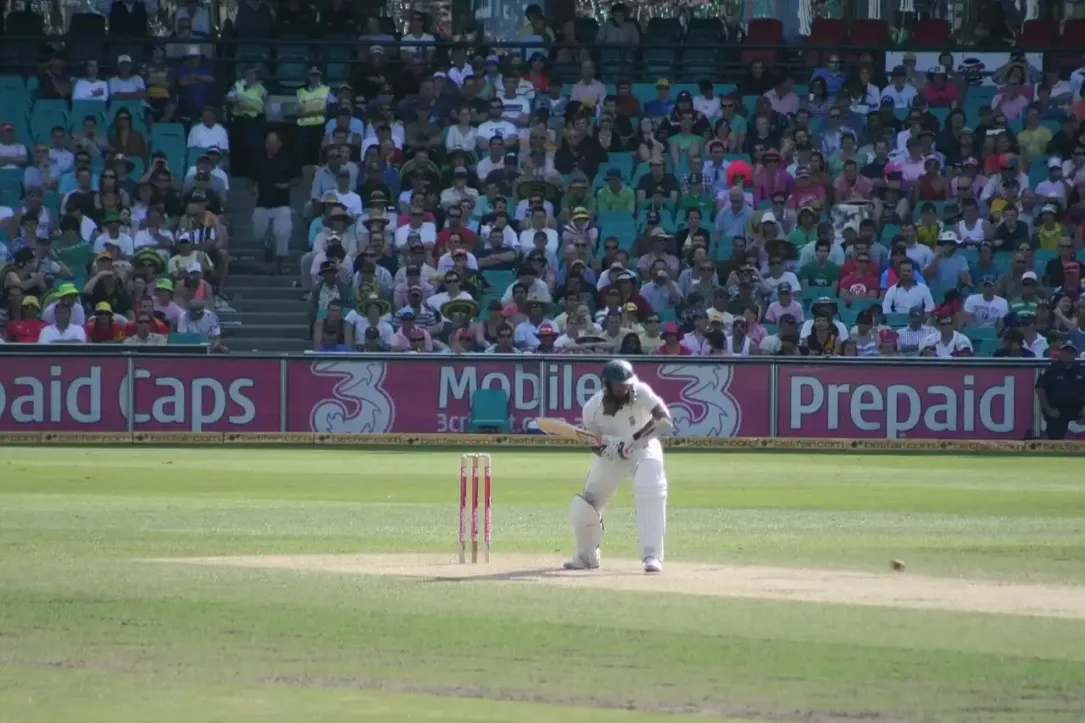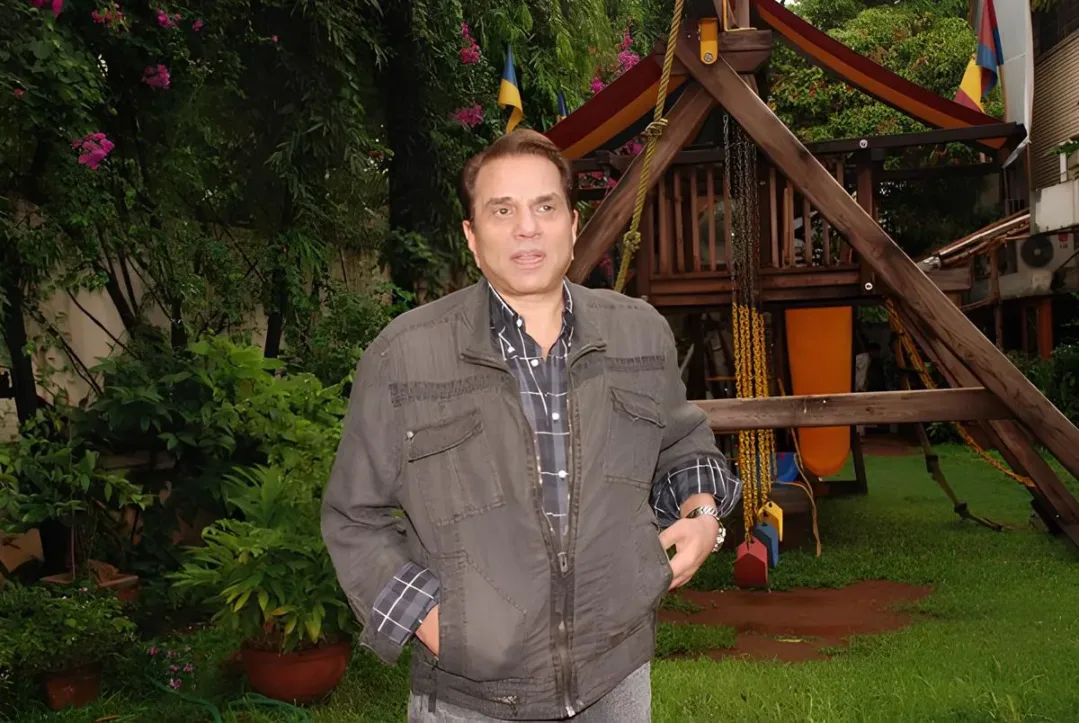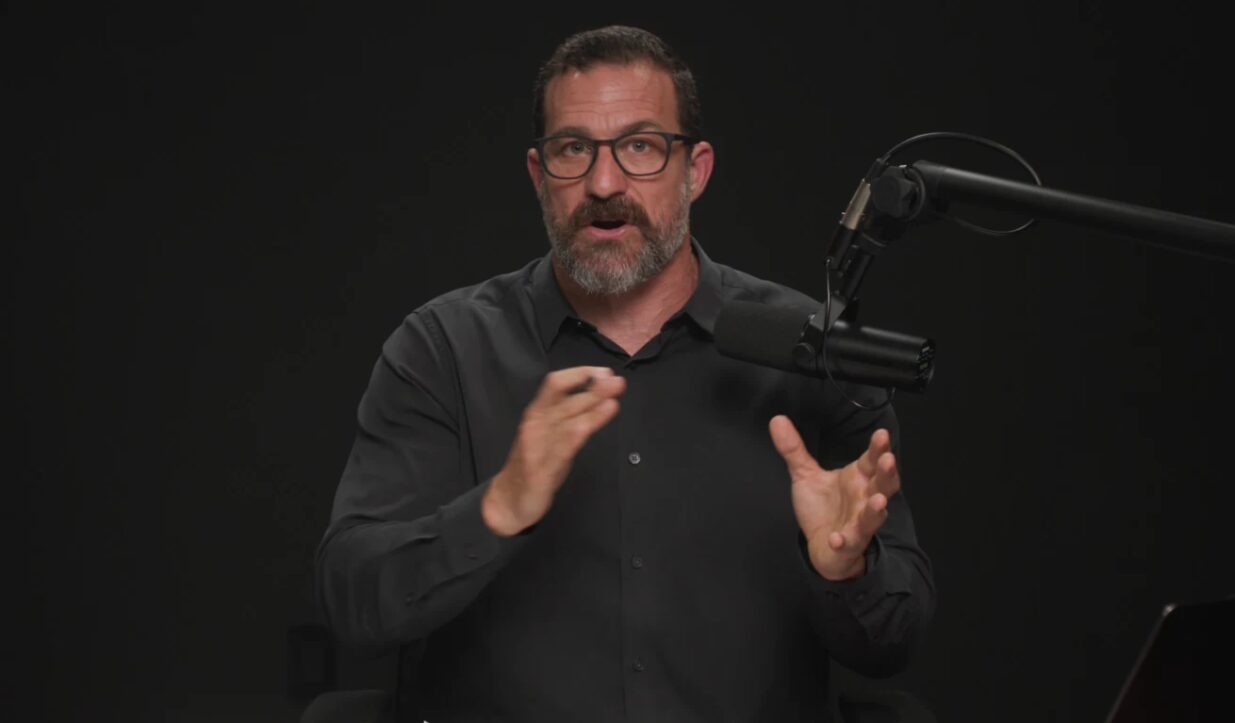Telegram CEO Pavel Durov practices an unconventional form of meditation —contemplating his own mortality. “I love reminding myself I can die any day,” Durov revealed, describing a practice that he believes enhances his mental clarity and decision-making.
While most people avoid thinking about death, Pavel Durov, the 41-year-old founder and CEO of Telegram, has made daily mortality contemplation the cornerstone of his mental health routine—and emerging science suggests this ancient practice may be one of the most powerful psychological tools available.
In a revealing interview with Lex Fridman published September 30, 2025, Durov disclosed that he regularly contemplates his death and has trained himself to be ‘comfortable with worst-case scenarios‘—a practice that takes on new significance given his ongoing legal troubles in France, where he faces up to 20 years in prison on charges related to Telegram’s moderation policies.
“I love reminding myself that I can die any day,” Durov told Fridman, explaining how this awareness makes ‘every day count’ while eliminating the fear that paralyzes most people from taking bold action.
The Science Behind Death contemplation and Meditation
Far from being morbid, Durov’s practice aligns with a growing body of research showing that mortality contemplation—known as “mortality salience” in psychology—can have profound positive effects on mental health and decision-making.
A 2025 study published in Cognitive Psychology found that mortality salience significantly increases helping behavior and prosocial intentions by triggering individuals to seek meaning and purpose in their lives. A 2018 study titled ‘Memento Mori‘ (Latin for “remember you must die”) published in the Journal of Organizational Behavior developed and validated the Death Reflection Scale, finding that positive death reflection buffered the negative impact of workplace mortality cues on employee well-being and safety performance among 268 firefighters.
“Mortality salience can motivate individuals to seek out meaning and purpose in their lives, and to engage in behaviors that promote their sense of self-worth and value,” explains research from the Allied Academies analyzing the impact of death awareness on psychological well-being.
A landmark 2022 study involving medical students found that practicing “negative visualization”—mentally preparing for worst-case scenarios including death—improved emotional regulation, heightened empathy, and built resilience, particularly valuable in high-stress environments.
The Indian Parallel: Maranasati Meditation
Durov’s practice bears striking similarities to “Maranasati,“ the Buddhist mindfulness of death meditation that has been practiced in India and across Asia for over 2,500 years.
Maranasati—literally “death awareness” in Pali—is considered “the ultimate practice of meditation” in Buddhist traditions. The practice involves frequently keeping death in the forefront of thought to achieve liberation from fear and deepen present-moment awareness.
“It is crucial to be mindful of death — to contemplate that you will not remain long in this life,” teaches the Dalai Lama in his book Advice on Dying. “Analysis of death is not for the sake of becoming fearful but to appreciate this precious lifetime during which you can perform many important practices. Rather than being frightened, you need to reflect that when death comes, you will lose this good opportunity for practice. In this way contemplation of death will bring more energy to your practice.“
Hindu scriptures also emphasize death contemplation as a path to liberation. The Bhagavad Gita teaches that proper awareness of death at life’s end facilitates union with the Divine, while the Katha Upanishad presents death as the ultimate teacher revealing life’s deepest truths.
In the Vedic tradition, death is viewed not as an ending but as a transition—an understanding that removes much of the fear surrounding mortality.
Traditional Indian wisdom has long recognized the value of death contemplation. The ancient sage Adi Shankacharya’s “Bhaja Govindam” emphasizes the transient nature of life as motivation for spiritual practice, while the Mahabharata presents mortality awareness as essential wisdom.
These Eastern practices share Durov’s core insight: that awareness of death paradoxically enhances life by clarifying priorities and eliminating trivial concerns.
How Durov Practices Death Contemplation
The Telegram CEO’s approach involves actively overriding biological self-preservation instincts through rational analysis.
“You have to go against your instinct of self-preservation,” Durov explained. “We are all biological beings hard-coded to be afraid of death. Nobody wants to die. But when you approach it rationally, you live and then you die. There’s no such thing as your death in your life. You stop experiencing life once you die“.
His method involves imagining ‘the worst thing that can happen‘ and making himself ‘comfortable with it,’ so that ‘there’s nothing more left to be afraid of‘.
This practice has allowed him to maintain what observers describe as remarkable composure while facing potential imprisonment—a situation that would devastate most people. During weeks spent with Fridman, the podcast host noted Durov appeared “stoic” and remarkably stress-resilient despite the legal pressure.
The Mental Health Benefits
Durov credits this practice with preventing depression for over 20 years—a striking claim given the mental health crisis affecting executives worldwide.
“I normally never have depression. I don’t remember having depression in the last 20 years, at least,” he stated, attributing this to his philosophy of confronting problems head-on rather than avoiding them.
A 2022 study published in BMC Psychiatry found that ‘both mindfulness and contemplative practices were equally effective in reducing fear related to dying of oneself and death of others’ while simultaneously increasing mindfulness and self-compassion.
Research indicates that mortality awareness works by:
Shifting time perspective: Recognizing life’s finite nature makes people prioritize what truly matters and stop procrastinating on meaningful goals.
Reducing fear of the unknown: Repeated exposure to death thoughts through contemplation lessens anxiety about mortality itself.
Enhancing present-moment awareness: Death contemplation forces attention to the “here and now,” reducing rumination about past regrets or future anxieties.
Building psychological resilience: Preparing mentally for worst-case scenarios creates emotional fortitude for handling lesser stressors.
How It Differs From Death Anxiety
Psychologists distinguish between two fundamentally different relationships with mortality: pathological death anxiety and healthy death awareness.
Pathological death anxiety (thanatophobia) is characterized by intrusive, obsessive fears that interfere with daily functioning. It manifests as avoidance behaviors, panic when confronted with mortality reminders, health obsessions, and catastrophic thinking.
Healthy death awareness, in contrast, involves intentional acceptance-based contemplation that paradoxically reduces anxiety.
The key difference: pathological death anxiety involves fear and avoidance, while healthy death awareness involves acceptance and engagement.
However, experts caution that those with trauma, severe depression, or existing anxiety disorders should approach death contemplation with professional guidance, as the transition from anxiety to acceptance requires proper support.
The Competitive Advantage
Durov frames his death awareness practice as providing a “competitive advantage”—an ability to act decisively when others are paralyzed by fear.
This mindset has allowed him to resist pressure from multiple governments seeking access to Telegram’s user data—a stance that contributed to his August 2024 arrest in France but which he maintains was ethically necessary.
“The biggest enemies of freedom are fear and greed,” he stated. “If you imagine the worst thing that can happen to you, and then make yourself be comfortable with it, there’s nothing more left to be afraid of. So you stand your ground, and you remember that it’s worth living your life according to the principles that you believe in“.
Practicing What He Preaches: Durov Under Pressure
Durov’s practice has taken on new weight given his legal situation. Arrested in France on August 24, 2024, he faces 12 charges including complicity in drug trafficking and child exploitation due to Telegram’s encryption and moderation policies.
Released on €5 million bail and initially barred from leaving France, Durov has been granted permission to travel internationally for up to two weeks at a time as of July 2025, though he must report to authorities weekly and could face up to 20 years imprisonment if convicted.
In an October 2025 statement, Durov criticized the investigation, saying those involved “had very limited understanding” of how encrypted messaging works. Despite this existential threat to his freedom and life, observers note he maintains remarkable psychological equilibrium—precisely what his death awareness practice was designed to cultivate.
“It’s worth living your life according to the principles that you believe in, even though this life can end up being shorter than a longer life, but lived in slavery,” he explained, suggesting his deeper commitment to freedom and autonomy.
The Broader Wellness Philosophy
Durov’s mortality contemplation exists within a broader ascetic health philosophy that includes 300 daily push-ups, complete abstinence from alcohol for over 20 years, intermittent fasting, ice baths, and multi-hour lake swims.
Expert Perspectives
Mental health professionals emphasize the practice requires balance. Dr. Scott Krakower, a psychiatrist at Zucker School of Medicine at Hofstra/Northwell, cautions that while contemplating death can alleviate anxieties, “becoming obsessed with death undermines the purpose of meditation. It’s fundamentally about achieving inner peace”.
Irvin Yalom, Professor Emeritus of Psychiatry at Stanford University and author of Existential Psychotherapy, articulated this paradox in his work: “Though the physicality of death destroys us, the idea of death saves us“. This central thesis appears prominently in his book Staring at the Sun: Overcoming the Terror of Death, where Yalom argues that confronting mortality directly can liberate us from debilitating death anxiety.
The consensus among researchers is that mortality contemplation, when practiced appropriately, represents a powerful tool for psychological resilience—but should be approached thoughtfully and, for vulnerable populations, with professional guidance.
Moving Forward
As Durov navigates his legal challenges while continuing to run a platform serving over 1 billion users globally, his daily death contemplation practice offers a case study in how ancient wisdom can equip modern leaders to handle extreme pressure.
“Death awareness changes perspective,” summarizes Buddhist teacher’s commentary on maranasati. “Instead of sleepwalking through parts of our lives, we can become mindful of our mortality, shift our perspective, and transform life itself“.
For Durov, that transformation has meant building mental fortitude that allows him to “stand his ground” in defense of principles he believes transcend his individual survival—a mindset he credits directly to his practice of reminding himself, daily, that he could die at any moment.
The research increasingly suggests he may be onto something. As mortality salience studies consistently demonstrate, those who learn to face death directly often find they’re better equipped to face everything else life throws at them.
For those seeking to reduce anxiety and gain a powerful new perspective on life, explore our article on Maranasati Meditation, the mindfulness of death.
Note: Individuals considering mortality contemplation practices who have a history of severe depression, PTSD or other mental health conditions should consult a qualified mental health professional before beginning such practices.




















